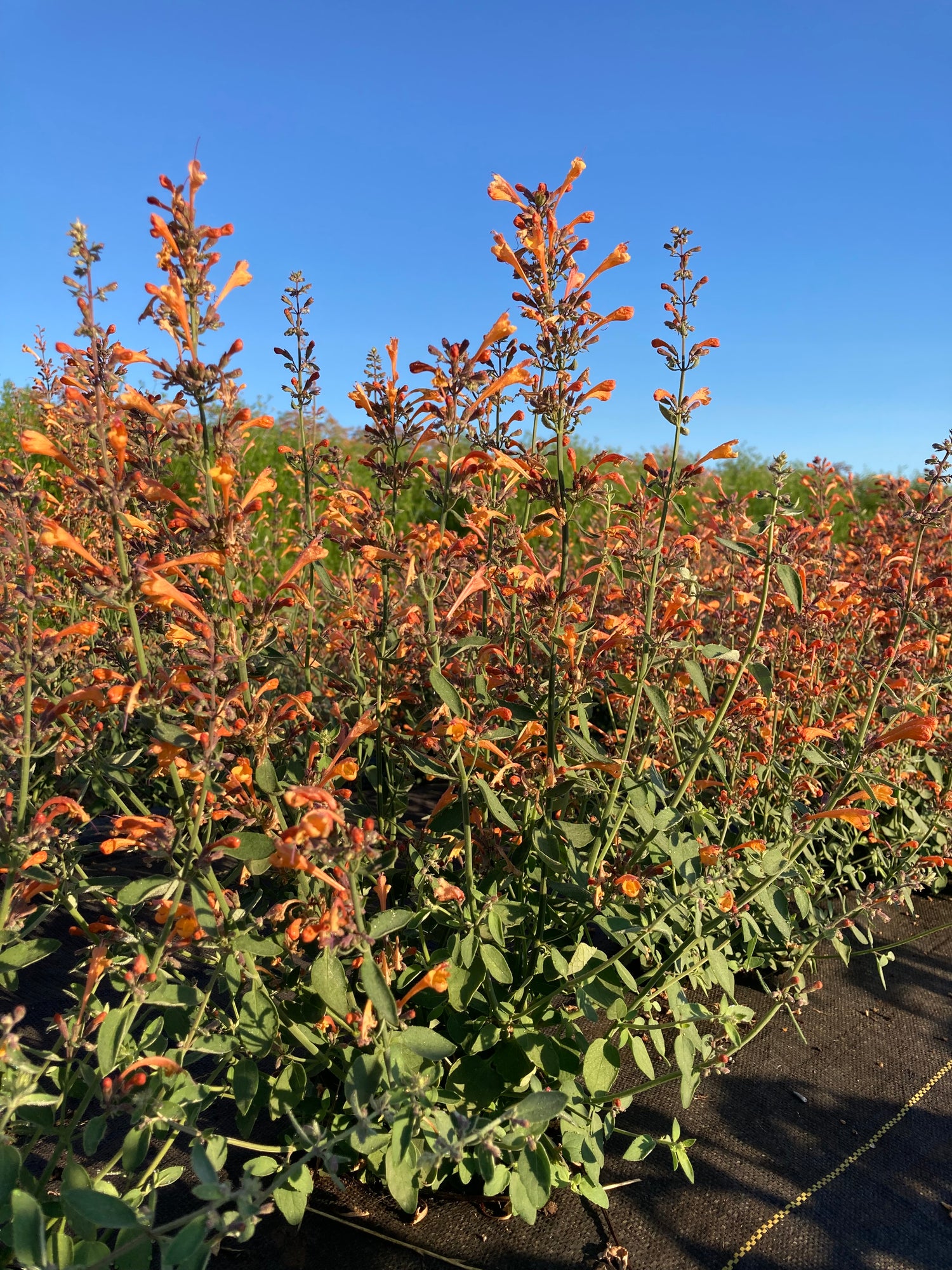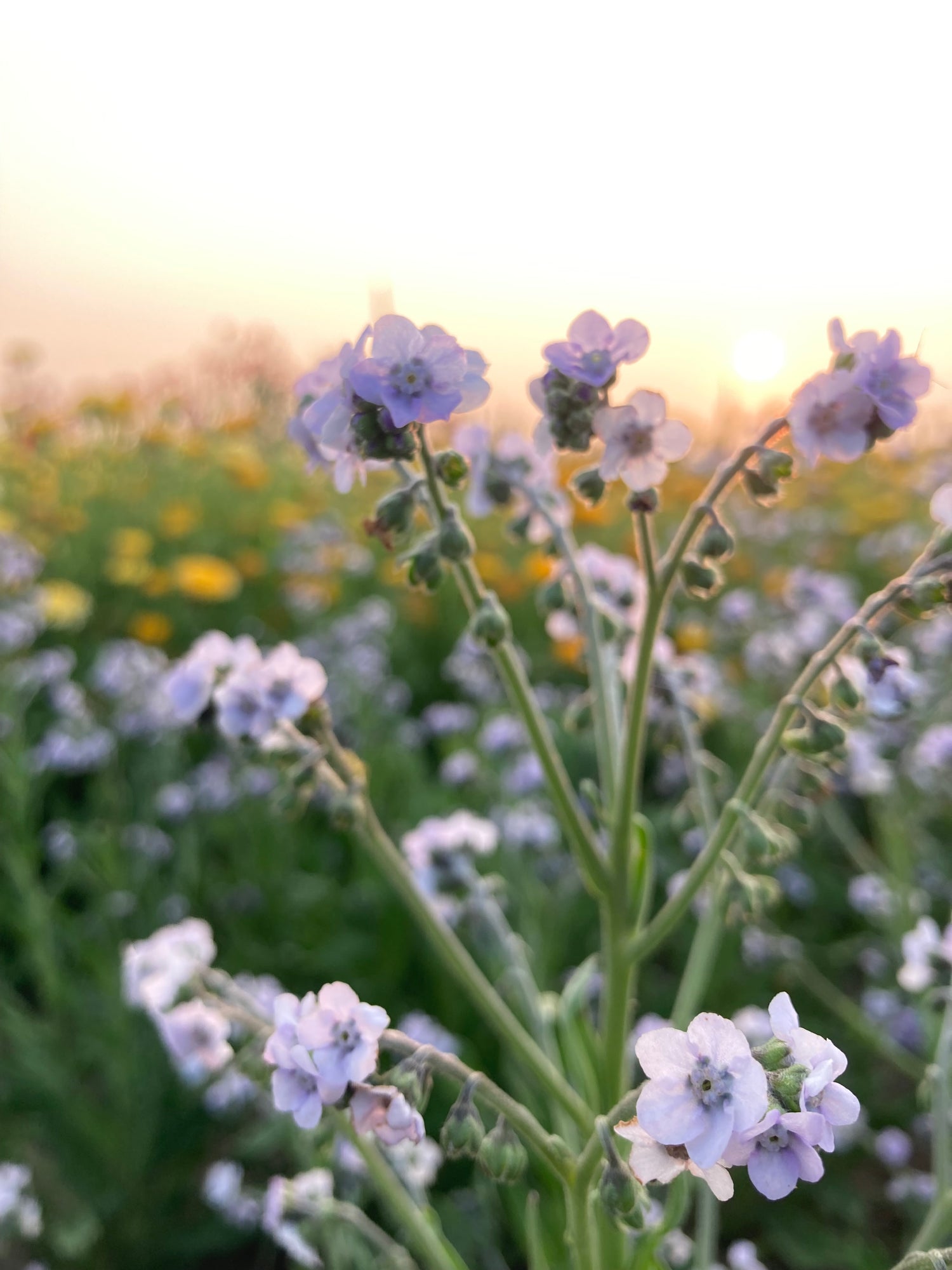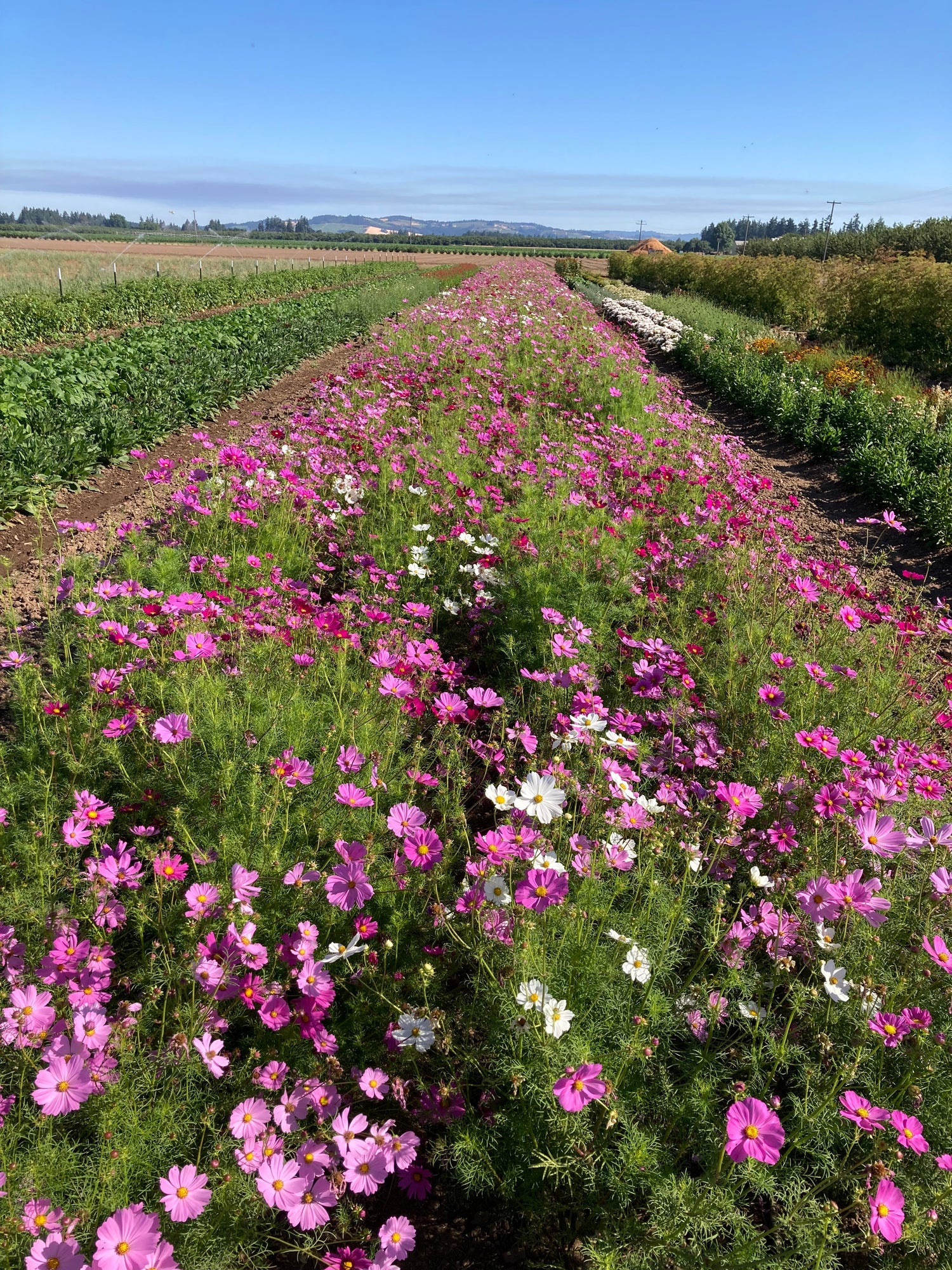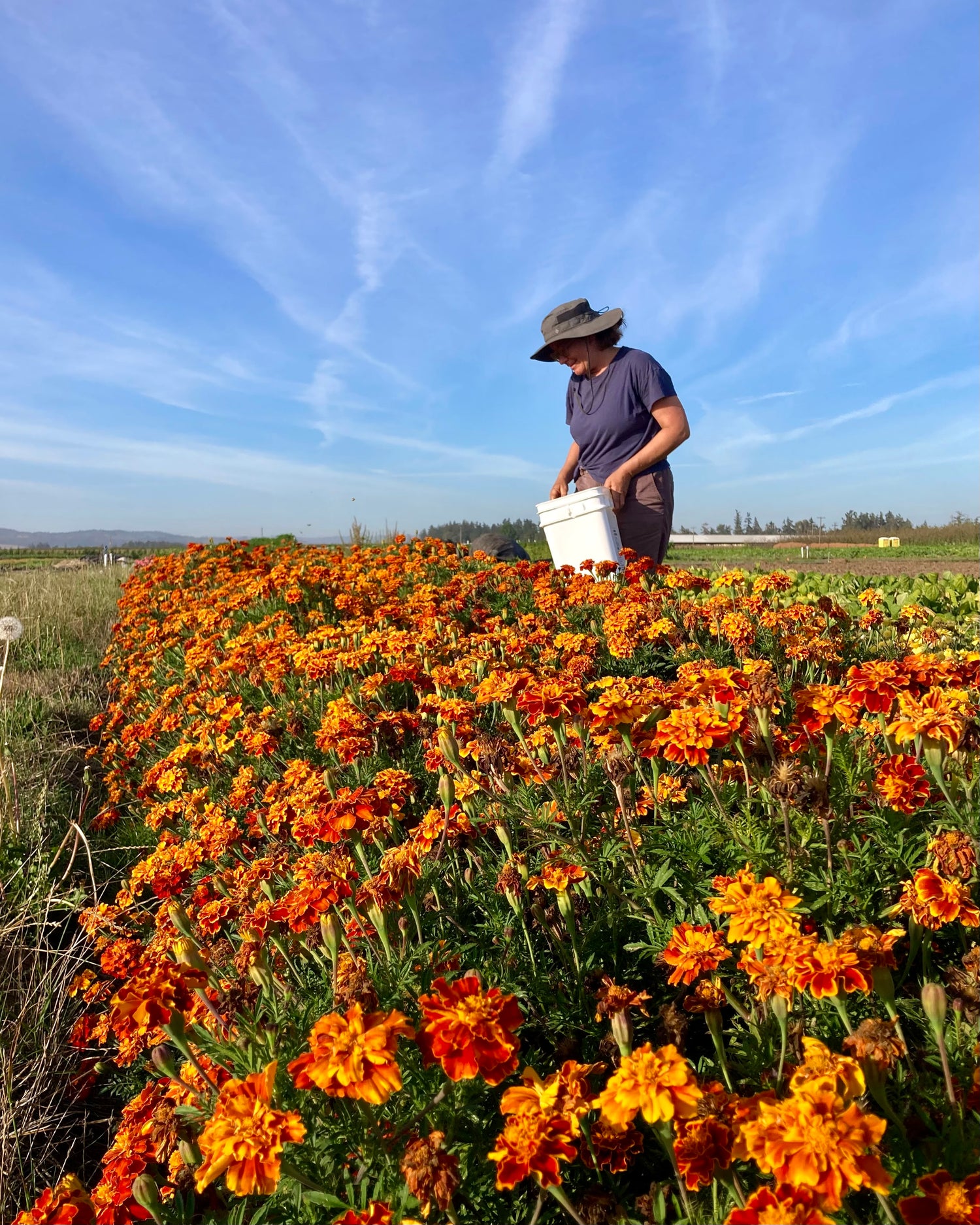How to Grow a garden
Gardening is often the joyful, beautiful process of building a relationship with your garden and learning how to help it thrive. It's a deeply personal and rewarding activity that is influenced by many factors unique to your environment. As you plan your garden, consider the following concepts and then review our planting info caveats at the botttom.

Learn to Read Your Environment
What’s your garden's microclimate like? How much sun does your space receive? What type of soil do you have?
Each of these factors significantly impacts how seeds germinate and how plants grow. No single planting guide can account for every variable, which is why getting to know your local conditions is so important. Your goal is to understand your site's potential and limitations and then to work within those to enhance the conditions towards their potential.

Gardening is a Creative Process
Gardening blends experience, science, and intuition into a creative journey. There’s no one “right” way to grow—it’s about what works best for you and your environment.
Whether you’re growing lettuce for baby leaves or full-sized heads, or choosing to trellis your crops or let them crawl, the choices you make should align with your place, needs, abilities and preferences. Whatever happens, there is always beauty, learning and joy to be had.

Plants are adaptable beings
Plants are remarkably adaptable and will grow accordingly in a variety of settings.
As you gain experience, you’ll learn to recognize both what your plants need and how you want them to grow. Beginners should plan as best as they can and then enjoy the learning process. With most plants following a yearly cycle, you only get one chance a season to learn the nuances so it may take several years to truly understand a specific crop’s preferences. The trick is to look closely at their environment... is there enough sun, water, and/or nutrients? Is there too much? Are there pests or diseases affecting your plants? Experiment to see what encourages healthy growth in your setting.

Leverage Local Knowledge
Your region plays a critical role in determining when and how to plant.
There is so much to learn about farming and gardening I'm sure it takes more than one lifetime to learn it all! That's why local gardening friends, neighbors, and Master Gardeners can be the best resources. Most experienced gardeners are happy to share their insights, so don’t hesitate to ask for advice! (And you may be able to thank them later with the fruits of your labor!)
Growing Information Caveats
For each variety, we provide general planting suggestions to help you get started. Please remember that these are broad guidelines. As you review and apply this information, keep the following in mind:
- These are not comprehensive: There are usually many options in planting and growing. We often only mention one.
- Location: Though many of our suggestions are broadly suitable for most temperate climates, your area may require different timing or strategies than we suggest.
- Experience: Each growing season offers a unique chance to learn. Keenly observe how your plants respond to your timing and microclimate and take notes! They may become your most valuable resource.
Gardening is a connection with nature and a journey of discovery. Use our suggestions as a foundation and seek local expertise to ensure growing success. Happy gardening!
Here's what to know when reviewing the growing information on each page:
-
Life Cycle
Some perennials can be grown as annuals and some annuals can be overwintered depending on your climate. How you grow a crop can depend on when you want it to mature among other factors. We identify the most common expectations.
-
Days To Maturity
This can vary widely depending on your environmental conditions. When offered, use these counts mostly to compare varieties to each other and for a general sense of their growth rate.
-
Planting Time
These are common planting times for many though you usually have other options available. For transplants, it will depend on how big a pot you will use, how you fertilize it and what temperatures they’ll experience. A pepper plant can be grown in a small plug tray for six weeks or in a 4” pot for ten. The bigger the pot, the longer it can grow before being transplanted. The colder it is, the slower it will grow. Many crops can also be repeatedly planted in which case the suggested planting time is only the first planting of the year. This applies to crops like lettuce, radishes, carrots and many more.
-
Plant Spacing
There are no hard and fast rules on spacing as it can depend on factors like water availability, disease pressure, fertility and more. That said, the ‘usual’ ideal is for a plant to be able to reach its full size while lightly touching its neighbors (and that’s what our recommendations are usually for) . Sometimes we crowd things on purpose because we’ll eat them small (salad mix) or because they don’t seem to mind (carrots). Some plants are happy either way and will grow to either fill up the space they are given or stay smaller to share the space (ie. basil). Play around with different spacings and find out what works best for you!
-
Planting Method
This is sometimes a matter of preference and sometimes a regional need. The attentive gardener can usually successfully direct seed many crops that we suggest transplanting as well as transplant most crops we suggest direct seeding. We’ve listed either what is most common or what we tend to do on our farm.
-
Seed Depth
Your soil type and watering methods can affect what the optimum depth for planting is, but it shouldn’t be too far from our suggestion.
-
Germination Temperature
This is an average temperature range that will lead to good germination. Cooler temperatures, to a degree, will usually still work, it’ll just take longer. For some crops, warmer temperatures can speed germination up but most crops have an upper limit (80°-97°F) after which germination drops.
-
Germination Time
As mentioned above, temperature is a major factor affecting germination speed. Beyond that, some crops just germinate faster than others. We’ve identified which crops normally germinate fast (within the 1st week), medium (2nd week), slow (3rd week) and very slow (longer!).